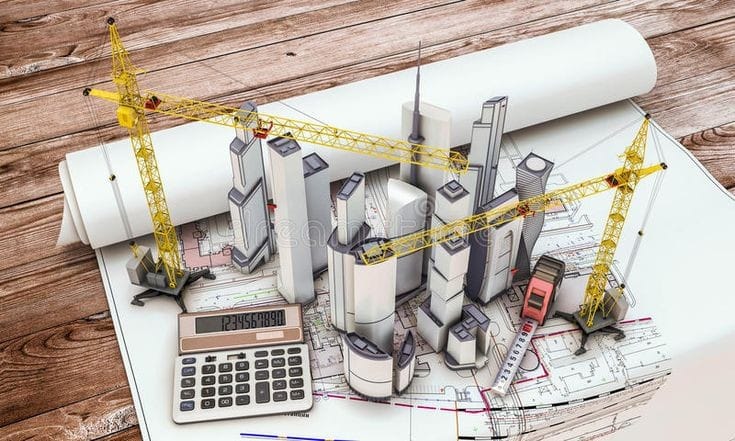Archilecture India
Cost Estimation & BOQ's Masterclass
Students Certified
A bill of quantities (BOQ) is a detailed list of materials and labor required for a project, while a cost estimate is a prediction of the total project cost. Both are important tools for construction planning.
A bill of quantities (BOQ) is a detailed list of materials and labor required for a project, while a cost estimate is a prediction of the total project cost. Both are important tools for construction planning.
Who is it for?
- Architecture Students
- Interior Design Students
- Design Building Enthusiasts
- Working Professionals
- Learners who have interest in knowing the building design development.
What will you learn?
Cost estimation is the process of predicting the expenses involved in a project or activity. It involves calculating the total costs of resources, labor, materials, and other factors necessary to complete a task. It’s crucial for budgeting, planning, and ensuring that a project can be completed within financial constraints.
In construction and quantity surveying, the unit of measurement (UOM) refers to the standard unit used to quantify and measure work or materials. The correct unit of measurement ensures consistency, accuracy, and clarity in estimating, costing, and tracking work on a construction project. The unit chosen depends on the type of work being carried out and the nature of the materials involved.
A Bill of Quantities (BOQ) is a document used in the construction industry that provides a detailed, itemized list of materials, labor, and other resources required for a project. It’s an essential part of project planning and tendering, providing both the client and contractors with a clear and precise understanding of the project's scope and cost.
In this course, you will learn the benefits of facade design and how it can dramatically transform the overall appearance of a building. A well-designed facade enhances the aesthetic appeal, improves energy efficiency, and contributes to a building's structural integrity. It also plays a crucial role in shaping the building’s identity, influencing how it blends with its surroundings while offering protection from environmental elements. You’ll discover how thoughtful facade design can elevate the building's functionality and make a lasting impression.
Detailed estimation in construction refers to a precise calculation of the quantities of materials and labor required to complete a construction project. It involves using various methods to measure and calculate the work involved. Some of the commonly used methods of detailed estimation for quantities are the Long Wall Method, Short Wall Method, and Centre Line Method. These methods are primarily used for estimating the quantities of brickwork or masonry in walls.
A Live BOQ refers to a dynamic and up-to-date version of the traditional Bill of Quantities that is continuously updated during the construction process. Unlike a static BOQ, which remains fixed once it is created, a Live BOQ allows for adjustments and revisions as the project progresses. It helps track ongoing work, resource utilization, and cost estimates in real-time, providing the project team with crucial insights.



